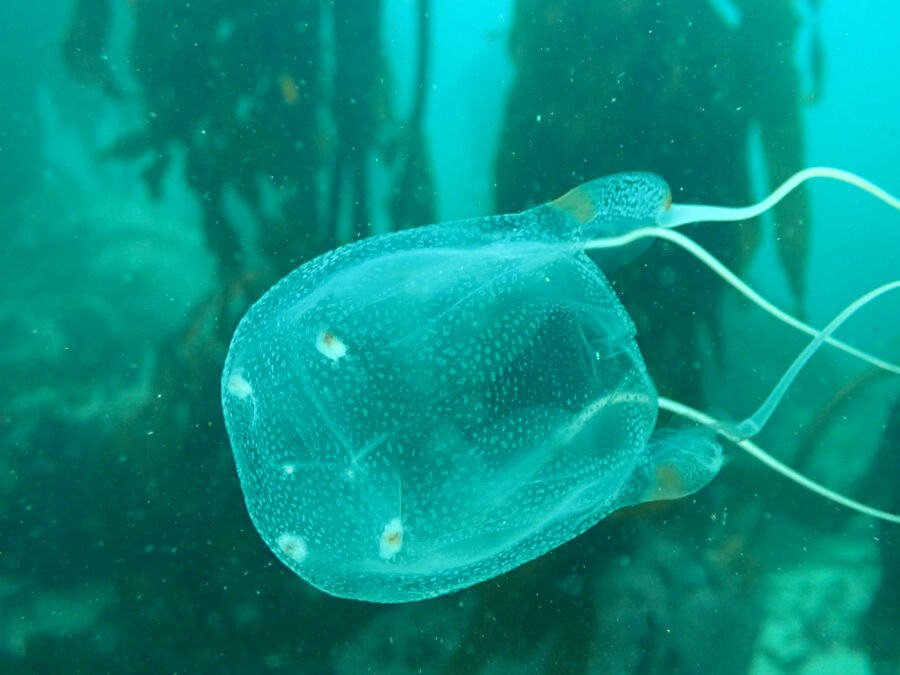Artificial flood boosts river red gums

SIXTEEN THOUSAND HECTARES of threatened river red gums along the Murray River on the NSW-Victoria border will gain from a NSW government plan to artificially flood the Koondrook-Perricoota State Forest from 2011.
The NSW Natural Resources Commission revealed in December 2009 that in some areas, 75 per cent of river red gums (Eucalyptus camaldulensis) are stressed, dead or dying from a lack of water. The new $57m project aims to simulate a major natural flood every three to four years, to help capitalise on winter rain.
“This will ensure at least 30 per cent of the Murray River’s red gum forest remains in a healthy condition, along with assisting bird and fish breeding,” said Tony Kelly, the NSW Minister for Planning, when he announced the plan on Tuesday.
Digging channels
Next month, engineers from Forests NSW and the NSW Office of Water will begin digging a channel to divert water from the Murray and start installing structures to contain the floodwater within the forest.
“It is going to give the red gums a long-needed drink, which will save some of these very mature trees,” says Kevin Evans, with the National Parks Association of NSW. “The water will flow to the Murray via the forest, so it doubles the conservation benefit.”
Earlier this year the NSW government announced that new national parks would conserve over 100,000 hectares of red gum forest.
This helped protect the largest concentration of red gums across both the Millewa Forest in NSW (around 40,000 ha) – adjacent to the Koondrook-Perricoota State Forest – and the Barmah National Park (around 30,000 ha), on the Victorian side of the Murray. But logging continues in the Koondrook-Perricoota State Forest, leaving it vulnerable, say experts.
Indigenous benefits
The new plan to flood the gum forests is a great start, says Belinda Fairbrother, with conservation group The Wilderness Society, based in Sydney. However, water supplies need to be extended to red gums in protected national parks spanning the entire Murray River, she adds.
Ian Cohen, a NSW Greens MP says the flooding plan will also benefit indigenous traditional owners of the area, such as the Yorta Yorta people, who have inhabited the area for tens of thousands of years.
“A happy river means happy people and communities,” he told Australian Geographic. “It is their life blood; they want to see the place maintained in a healthy state and this sustainability will allow them to take on indigenous based tourism activities.”




